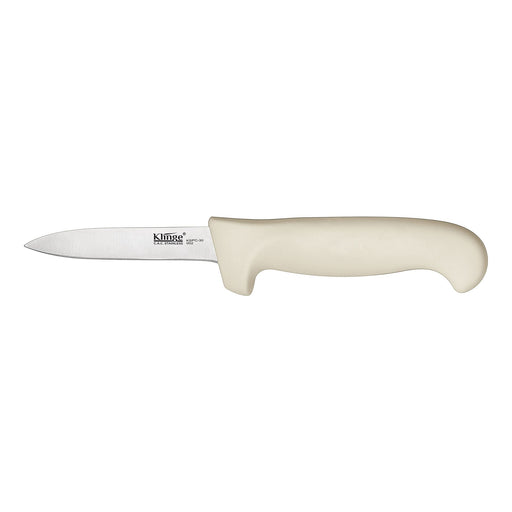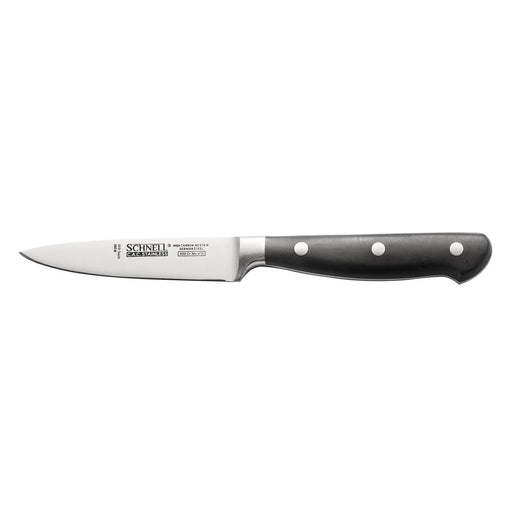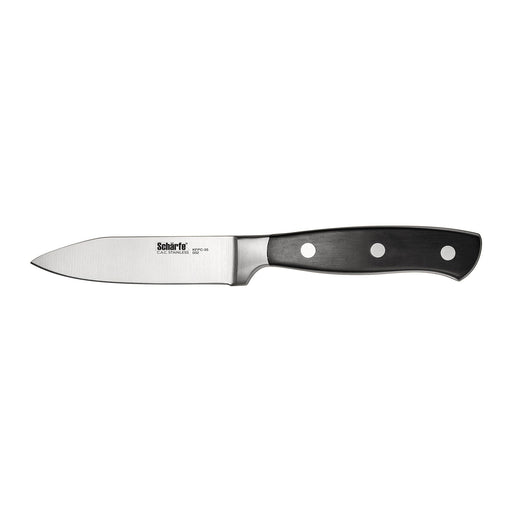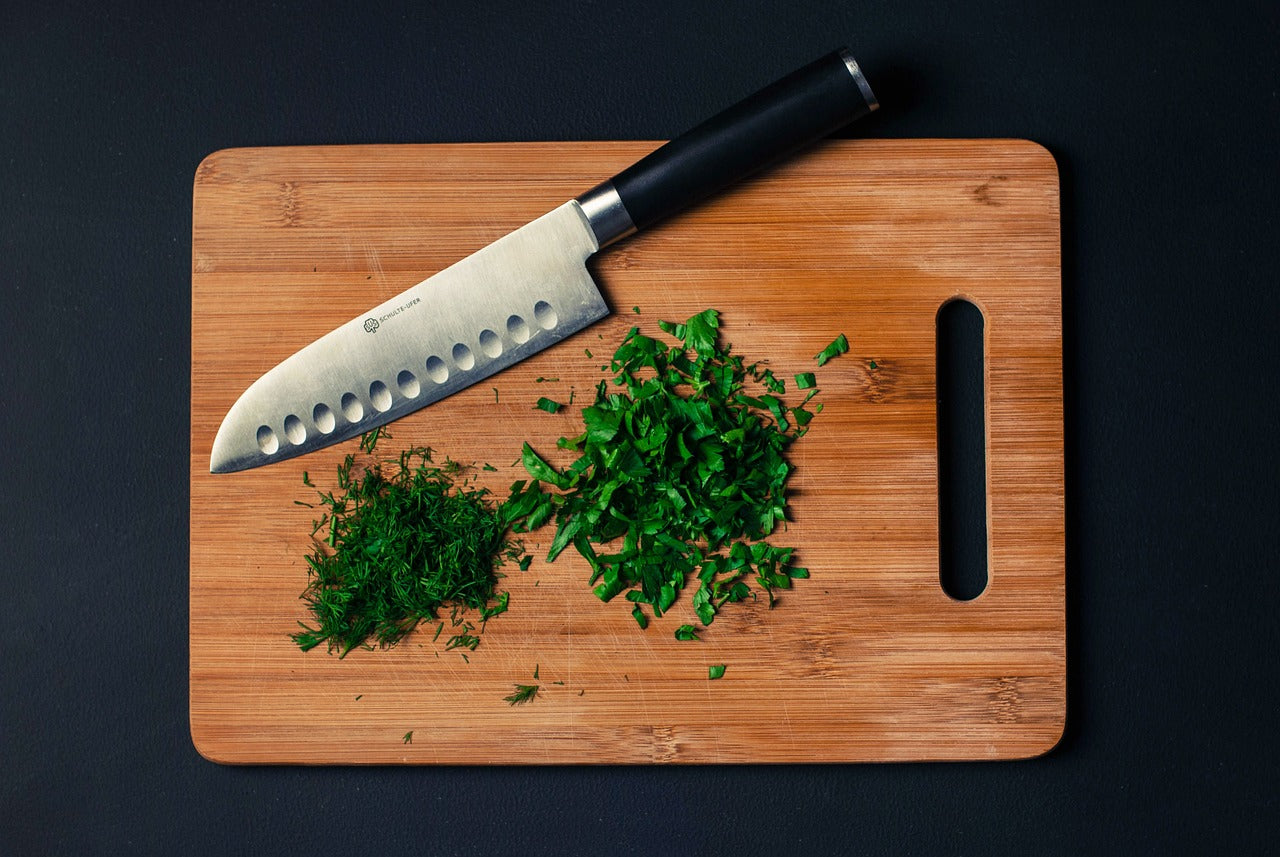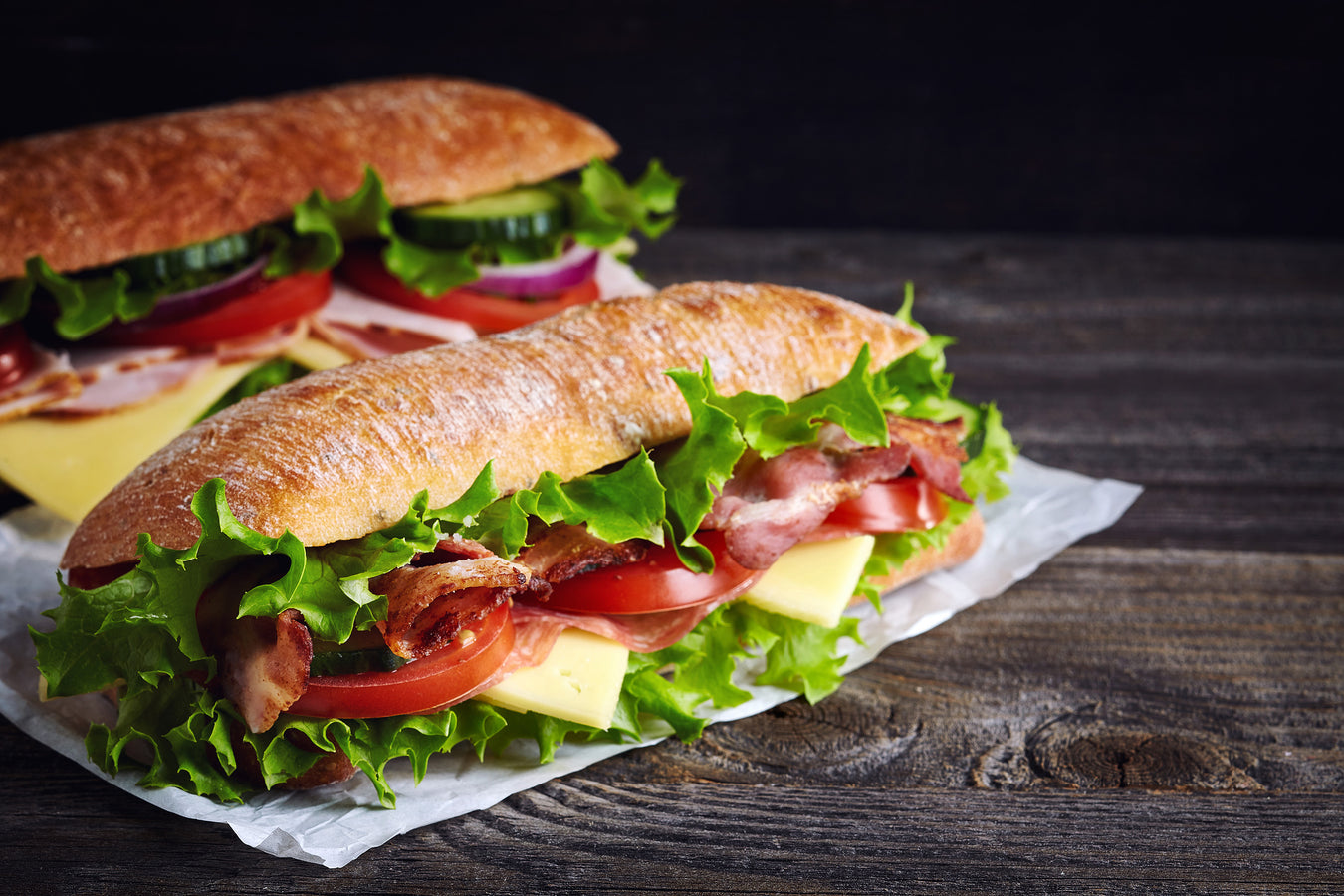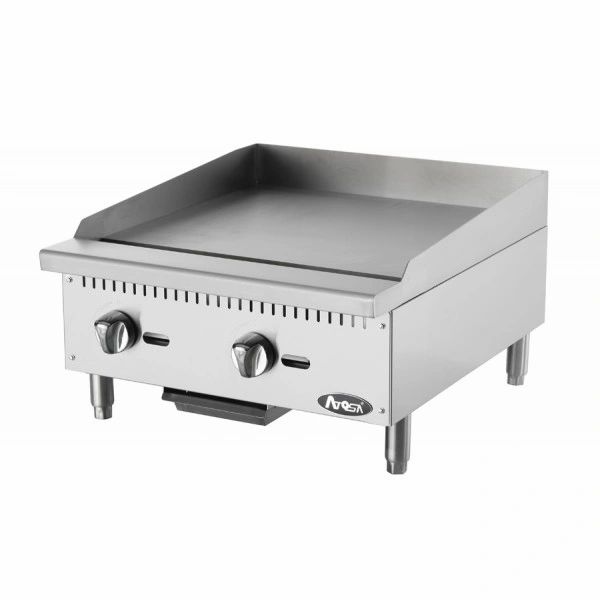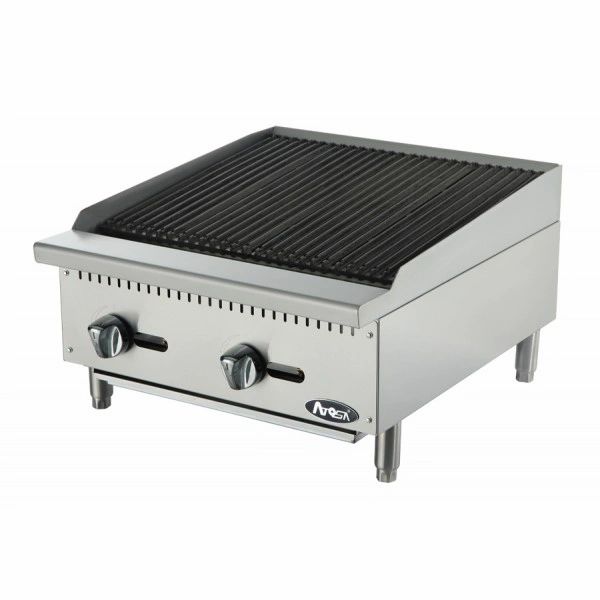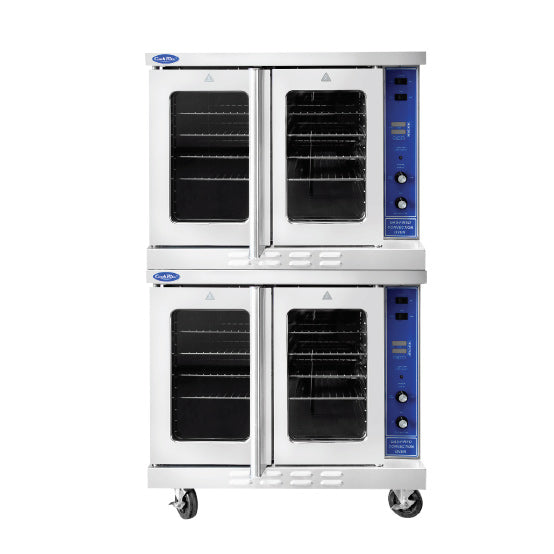The paring knife is often the go-to for small, fine cuts. It can do everything from pare apples and cut through tomatoes to core potatoes with ease! This versatile tool also makes it perfect when you want more control over your blade than what's offered by another type of chef knife or sword style knives - which are popular choices in many kitchens today because they're easy enough that even beginners will feel comfortable using them right away while still providing quality results every time.
Spear point Paring Knife
The traditional paring knife, a miniature version of the chef's knife, has two spear-shaped blade styles. The German-style one is visually balanced; the tip drops slightly while the cutting edge rocks up to meet it, forming a nearly perfect, rounded spear.
French Parer Knife
The French-style blade is more triangular, the tip on much the same plane as the spine while the cutting edge approaches it in a direct line from the heel. The stylized blades on other parers are often designed for a single purpose, but the versatile spearpoint blade allows the chef to cut, trim, and decorate with ease. Either style is recommended. Look for a paring knife whose blade is rigid near the bolster, yet semiflexible at the tip; a slight limberness will make you more aware of the various textures in the food being cut and will help gauge the amount of pressure to apply. Also bear in mind that a paring blade must be short-3½ to 4 inches long; some manufacturers mislabel the similarly shaped but slightly larger 5-inch utility knife as a paring knife.
Sheep's Foot Paring Knife
This knife's name is based on its vague resemblance to the silhouette of an animal's hoof. The tip lies on the same plane as the straight cut- ting edge, and the blade's spine arcs downward to meet it. This creates a wider angle of approach to the tip than on amy other paring blade, which means that while the sheep's foot is equally adept at peeling and paring, it is not as efficient at the finer tip maneuvers required in garnishing. The blade is usually semiflexible, 3 to 3% inches long, and available either in carbon steel or high-carbon stainless steel.
Bird's Beak Paring Knife
Tournet Knife
With a spine that drops in a moderate curve to meet a slightly arced cutting edge, the blade of this paring knife looks like a very sleek bird's beak. Its unique curved shape makes it a particularly fine tool for trimming and shaping round vegetables such as pearl onions, Brussels sprouts, and radishes Bìrds beak blades run 24 to 3 inches in length and are either forged (ideally) or stamped in high-carbon stainless steel or stainless steel.
Clip Point Paring Knife
Granny Knife
Many knife makers call this a granny paring knife and classify it as an American pattern. Its dropped tip lies near the cutting edge, and the spine is straight along the back half of the blade, abruptly angling 10 degrees downward to meet the tip. This design creates a long, slender point to make small, deep cuts in food; it is ideal for removing the eyes from a potato. A clip-point paring blade is al- ways stiff and 3 inches in length. It is available in the three major knife steels and can be forged or stamped.
Miniature Boning Paring Knife
The blade of this knife looks like a pint-sized version of the standard boning blade. Its tip lies at the end of a straight spine where it is met by a stylized S-shaped cutting edge. That high tip is meant to pierce flesh, and the gradual cutting-edge curve allows the blade to follow through with smooth, even strokes; this is particularly noticeable when trimming fat from steaks or boning small birds. The blade is 2.75 inches long, avail- able in high-carbon stainless steel, and can either be forged or stamped.
Fluting Knife
The wedge-shaped blade of this small knife looks like a cross between the German and French chef's blade styles. Its spine arcs slightly down-ward to the centered tip and its cutting edge rises almost directly from the heel to meet it. This pro-duces a fairly small angle of approach to the tip, giving the blade a sturdy, yet delicate point that's unsurpassed for making or initiating shallow grooves, notches, and cuts. Its short length 24 to 3 inches- ensures a close hand-to-tip placement for total control.
Serrated Parer
The serrated edge on the paring knife makes it the perfect tool for slicing up lemons and limes with ease. You can also use it to cut through cherry tomatoes, making one quick tomato halving!


